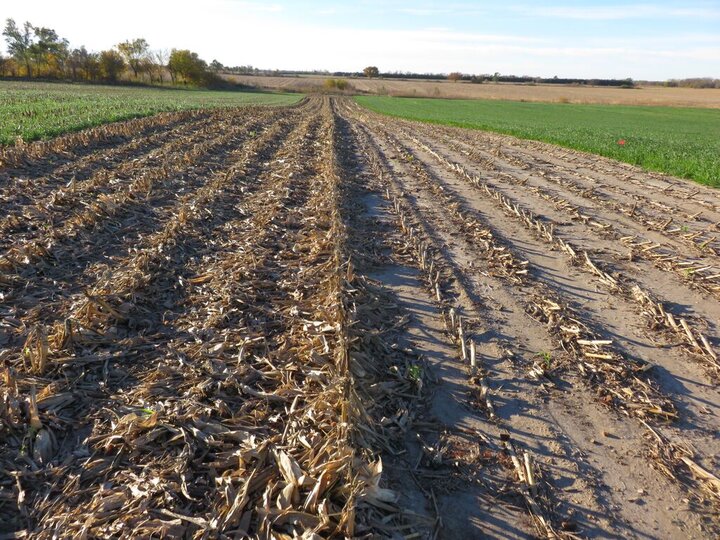Grazing cattle on cropland can be a win-win situation for crop production and livestock feeding. Establishing cover crops after harvest and grazing cattle work well together when managed as a system.

A Nebraska Extension conference and field day, “Capturing Value in Cropping Systems using Cattle,” will offer a unique learning and networking opportunity for cattle and crop producers. The event will be Wednesday, April 4, at the University of Nebraska Eastern Nebraska Research and Extension Center (ENREC) near Mead from 9:30 a.m. to 3:30 p.m. Registration will begin at 9 a.m.
There are many challenges and opportunities in using cover crops as forages and grazing cattle in a traditional cropping system. Speakers will touch on the economics, cover crop species selection, grazing management, and more.
University of Nebraska research and extension faculty and graduate students will discuss what they are learning from their cropping/grazing studies. Participants will be able to visit the ENREC field plots where the research is being conducted.
“Using cover crops and crop residues as forage sources can be cost-effective for the cattle producer and increase revenue from cropland,” said Nebraska Extension Beef Systems Specialist Mary Drewnoski. “Opportunities and challenges of integrating cattle into cropping systems in eastern Nebraska will be discussed at this program.”
First-hand insight from a producer using cover crops as a forage in a cropping rotation in eastern Nebraska will also be shared.
“We are really excited to be working with the University team to explore the opportunities that bringing cattle back onto the land can offer,” said Saunders County crop producer Angela Knuth. She is partnering with the university on a rye grazing study north of ENREC. Knuth said “We hope to prove that a diversified cropping rotation along with grazing is both good for the cattle and the bottom line of the cattle producer and landowner.”
Program topics include:
- The UNL Beef Systems Initiative: Can we sustainably produce more with the same resources?
- Nitrate toxicity: What is the potential when grazing cover crops?
- Oats planted after high moisture corn or silage: How much grazing can we get?
- Using triticale for spring grazing in soybean systems?
- Grazing rye planted in corn and soybean systems: How do the cattle and crops perform?
Preregistration
Preregister online by March 30 at https://enre.unl.edu/registration. For questions, contact Nebraska Extension in Saunders County at (402) 624-8030 or Saunders-County@unl.edu. The event is free and lunch will be provided for those who preregister online. Participants will drive to several plots at ENREC during the event. Feel free to share this event flyer with others who may be interested.

